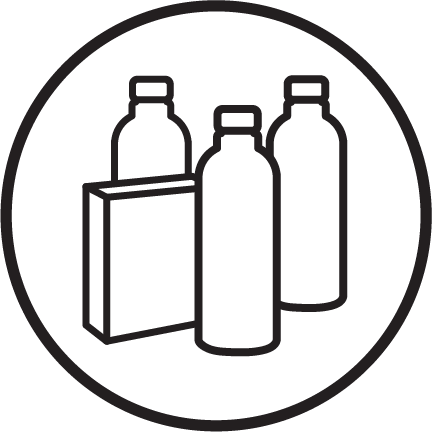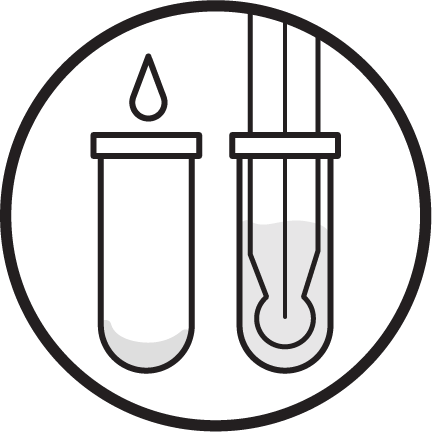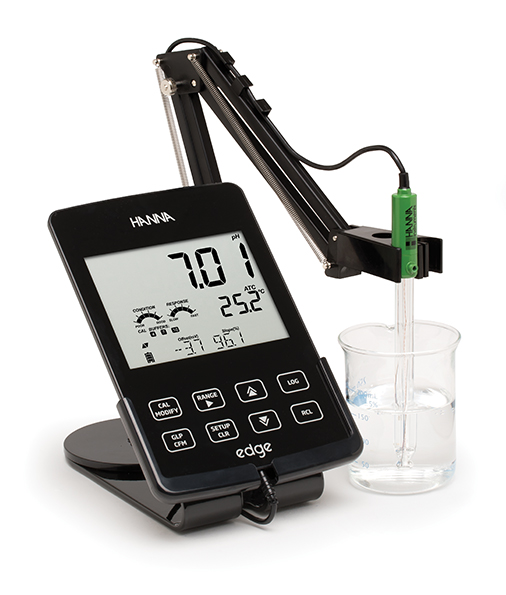Reliable pH measurements are essential to virtually any process or industry, from soil to wastewater. Measuring pH plays a crucial role in determining the quality of water, soil, and more.
A vital step in getting accurate results is calibrating your meter. But how do you know when calibration is necessary or why your readings are off? Today we will provide you with a list of tips to consider when you are calibrating your meter whether it be the first time or the one hundred and sixty-eighth time!


1. Always read your manual
pH meter calibration procedures change based on which meter is used. In order to best understand your specific meter, it is important to read the manual when you receive your pH meter.


2. Make sure you have all of the
necessary pH buffer you need
When performing a pH meter calibration it is important that the appropriate buffers are used. For example if you want to measure something with a pH of 9 and you only calibrate your pH meter to pH 7 you may not get an accurate measurement. This is because pH measurements are most accurate when calibration points bracket the measurement. You should also check your buffers expiration date and how long the buffer has been open for. Some buffers, like the pH 10 buffer expire much sooner than the expiration dates once they are opened.


3. Calibrate Often
For the most accurate measurement it is suggested that you should calibrate your meter every time you perform a new set of measurements. pH meter calibration can also help identify a problem with your electrode.
We suggest calibrating your meter:
We suggest calibrating your meter:
- Upon first use
- After a long period of storage
- When performing a new set of measurements.


4. Be aware of your Slope and Offset
Your slope and offset have a significant impact on the condition of your electrode. Hanna Instruments recommends that the offset does not exceed ±30mV and that the slope percentage is between 85-105%.
If you have a bad offset, this could mean that you either have a clogged junction or that the probe requires cleaning. If this occurs, try soaking the probe in cleaning solution and repeat the process of checking offset. If your slope is bad, this could mean you have used expired or contaminated buffers. If this is the case ensure that fresh buffers are used. Many of our meters will display both the slope and offset once calibration is complete. Some of our meters also come equipped with CAL CHECK™. This feature provides indicators to potential problems during the calibration process, based on previous offset and slope values, allowing you to quickly solve the problem.
If you have a bad offset, this could mean that you either have a clogged junction or that the probe requires cleaning. If this occurs, try soaking the probe in cleaning solution and repeat the process of checking offset. If your slope is bad, this could mean you have used expired or contaminated buffers. If this is the case ensure that fresh buffers are used. Many of our meters will display both the slope and offset once calibration is complete. Some of our meters also come equipped with CAL CHECK™. This feature provides indicators to potential problems during the calibration process, based on previous offset and slope values, allowing you to quickly solve the problem.


5. Electrode Care
Electrodes play an important role in taking measurements and must be handled carefully. pH electrodes should never be stored in DI water as this damages the sensing glass of the pH electrode and reference electrolyte. Instead, storing your electrode in proper storage solution can help to ensure that your electrode provides stable and highly responsive readings due to well-hydrated bulb.


One last tip
Electrode lifetimes may vary depending on temperature. At higher temperatures the lifetime of the pH electrode will decrease.
This means you will need to replace the electrode more frequently if testing samples at high temperatures.
This means you will need to replace the electrode more frequently if testing samples at high temperatures.
HI2020-02
Multiparameter pH Meter edge®
The versatile design of edge® enables it to be used as a portable, wall-mount or benchtop meter, edge simplifies measurement, configuration, calibration, diagnostics, logging and transferring data directly to a computer or USB drive.
edge® measures pH, conductivity and dissolved oxygen through its unique digital electrodes.These digital electrodes are auto-recognized, providing sensor type, calibration data and a serial number when connected to edge by an easy to plug-in 3.5mm connector.
edge® measures pH, conductivity and dissolved oxygen through its unique digital electrodes.These digital electrodes are auto-recognized, providing sensor type, calibration data and a serial number when connected to edge by an easy to plug-in 3.5mm connector.





